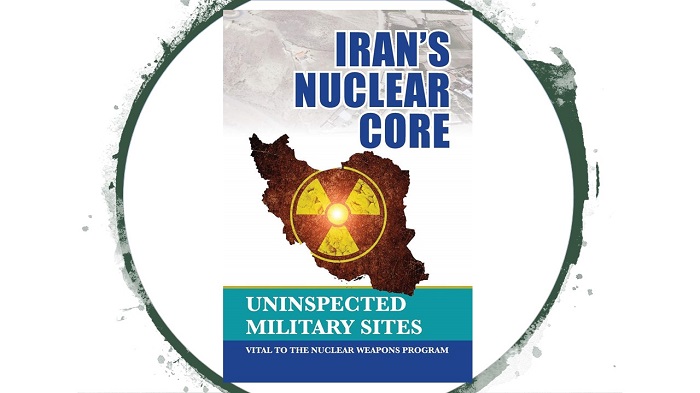The International Atomic Energy Agency’s director-general, Rafael Grossi, recently declared that if the 2016 nuclear deal is to be salvaged, Iran must come clean about its past nuclear work. The Joint Comprehensive Plan of Action (JCPOA) was set to open the file upon this issue, but it became clear soon after it was put in place that the regime was still actively concealing its history of nuclear activity at least one site, even after the agreement was implemented.
Recently, the IAEA found unidentified uranium particles in soil samples from at least two more sites, widening the reach of the regime’s alleged military activities.
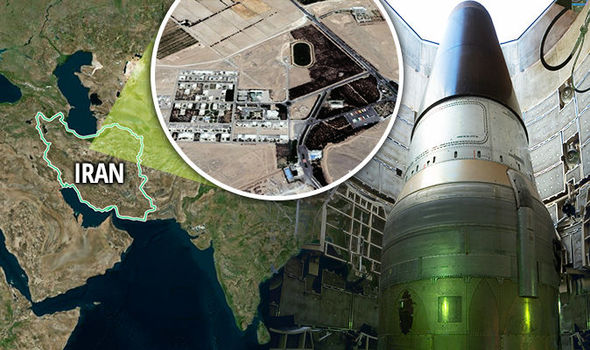
The National Council of Resistance of Iran (NCRI) held a press conference weeks before Grossi’s latest statement on Iran’s lack of transparency to share more information regarding one of the two newly-identified nuclear sites.
The data was gathered by the People’s Mojahedin Organization of Iran (PMOI / MEK Iran), which was also responsible for revealing the regime’s illicit nuclear weapons program’s first key facts, such as the presence of the Natanz uranium enrichment site and the Arak heavy water facility.

Ali Akbar Salehi, Head of the Atomic Energy Organization of Iran, openly boasted about deceiving the international community over a number of JCPOA regulations, “they thought that they won the negotiation,” “…but we had a countermeasure, and while we proceeded with the case, they didn’t achieve what they planned for, and we did not become trapped in the enrichment deadlock… So, when you enter negotiations, you may accept something, but you have countermeasures. But you can’t reveal your cards, and afterward, your opponent, who thought you were trapped, suddenly sees you are continuing your enrichment.”
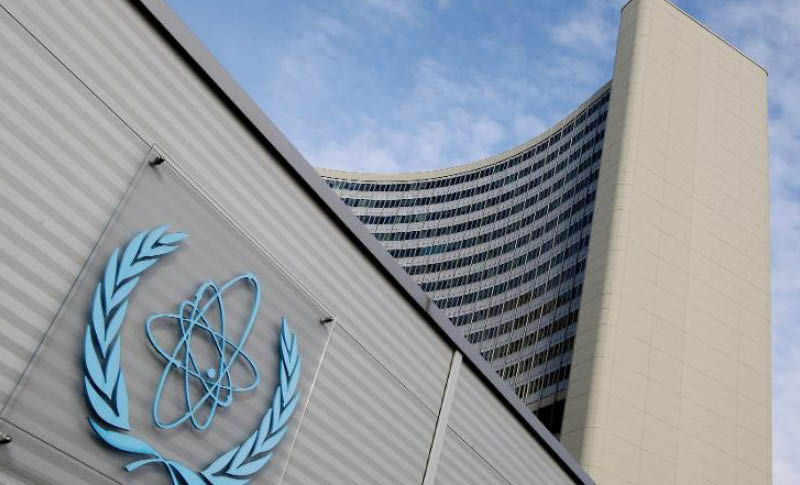
The NCRI’s press conference on 2 March drew direct connections between the latest information about a site in Abadeh and the now-established information about the Parchin military base, which was accused of nuclear activity in 2012 but not examined by the IAEA until 2017, long after the nuclear deal took effect.
The NCRI discovered that the sites were subjected to similar sanitization methods, which were commanded by the Islamic Revolutionary Guard Corps. In the case of Abadeh, all structures on the site were reportedly demolished in 2019 after their presence and function were revealed. Contractors from the IRGC then proceeded to remove and restore a dense layer of soil.
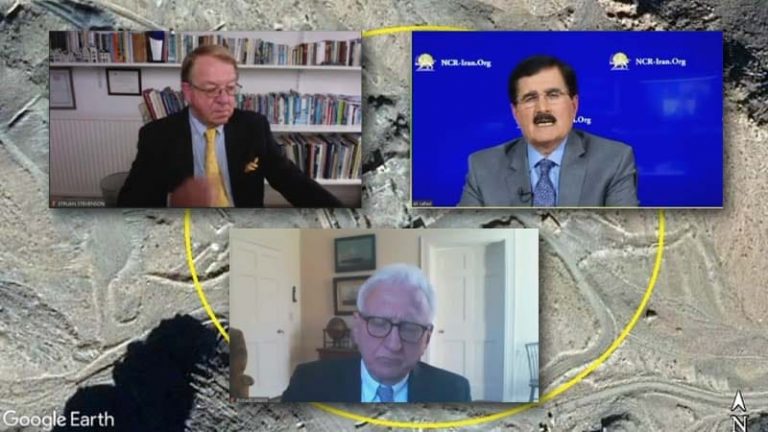
Such an immediate resumption of nuclear activity could never have been conceivable if the JCPOA had imposed sufficient pressure on this issue. Of course, no amount of pressure would be successful unless it resulted in the regime exposing the extent and specifics of its previous nuclear operations, as well as their military implications. So, if the international community calls for an immediate reimplementation of the current agreement or simply chooses to start over, it should be evident that the previous deal did not constrain the regime, and the regime was able to return to the point where it signed the deal quickly.
Following the IAEA’s latest findings on undeclared nuclear sites, European countries as well as the U.S. administration must completely revise their approach to the subject. If Tehran is not subjected to additional pressure, the mullahs will inevitably conclude their nuclear program and threats will become significant.
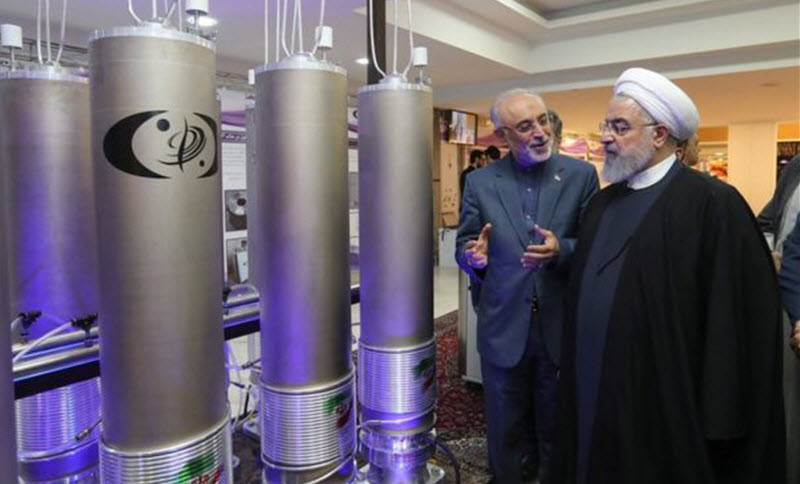
MEK Iran (follow them on Twitter and Facebook)
and People’s Mojahedin Organization of Iran – MEK IRAN – YouTube


